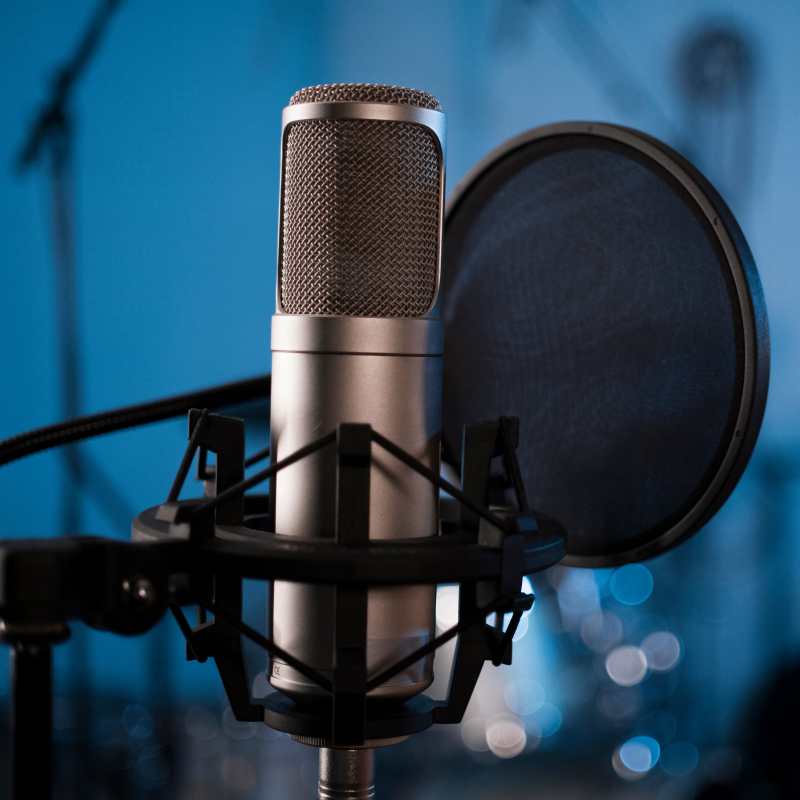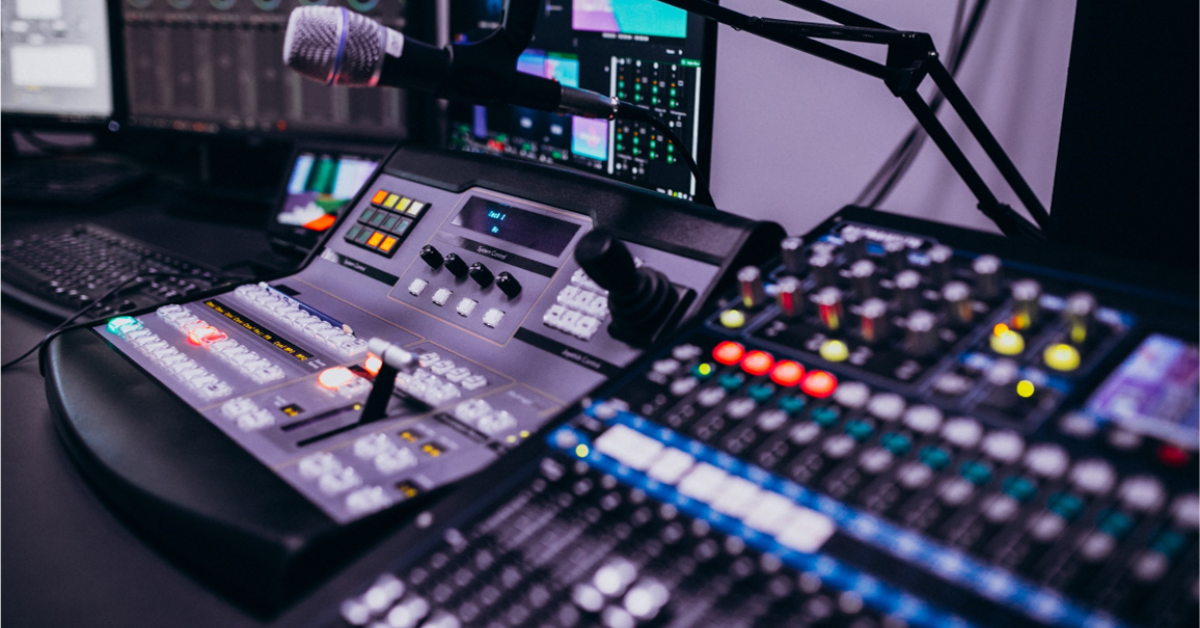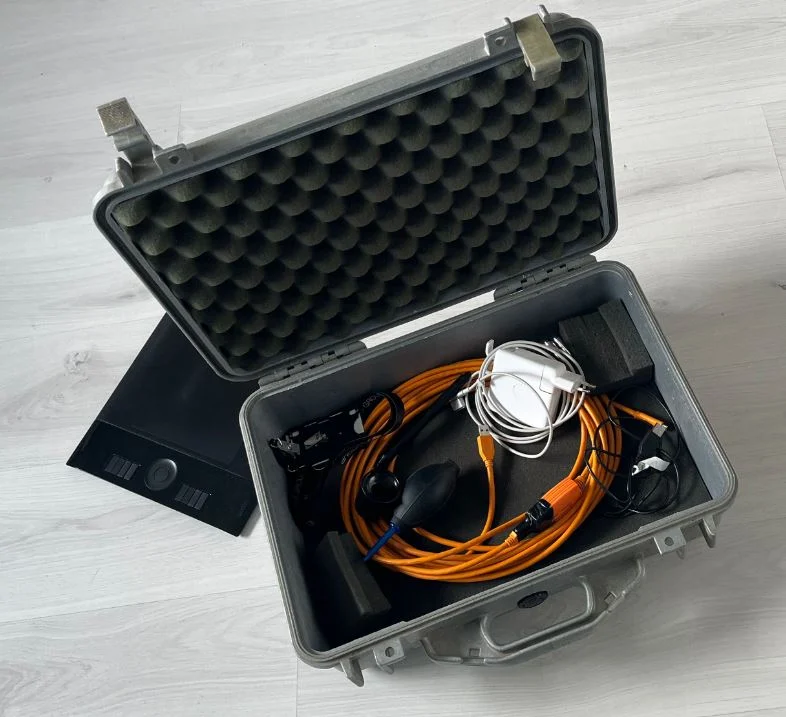When your next gig is in another country, your gear doesn’t just need to be tough — it needs to be travel-smart. For touring musicians, navigating international regulations can feel like more of a minefield than the show itself. Fortunately, with the right case and a bit of planning, your gear can glide through customs just as smoothly as your setlist.
Here’s what you need to know to stay compliant — and confident — on tour.
What travel regulations should touring musicians consider when flying with equipment cases?
Airlines and border agencies across the globe apply different rules to checked and carry-on baggage, especially when it comes to musical equipment. Common regulations cover:
- Battery transport (lithium cells, especially in wireless gear)
- Prohibited items (certain tools, liquids, or electronics)
- Customs declarations for high-value items
It’s essential to check both airline and country-specific rules in advance and ensure your case’s contents meet safety and documentation requirements.
Are there size or weight restrictions for gear cases on international flights?
Yes — and exceeding them can cost you time, money, or worse, access to your gear. Most airlines impose:
- Max checked bag size: 158 cm (length + width + height)
- Max weight: usually 23–32 kg per checked item
Oversized or overweight cases can incur substantial fees or may not be accepted at all. Choosing lightweight but rugged cases can make a real difference — some modern designs are up to 40% lighter without compromising durability.
How can I ensure my case won’t be delayed or rejected at customs?
The golden rule: declare everything and document it well.
Use a carnet (an international customs document) if you’re travelling with high-value or professional gear. This speeds up inspections and avoids tax or seizure. Also, ensure your case is easily accessible, with nothing blocking visibility or access to electronics, batteries, or tools.
Transparent labelling and well-organised interiors make customs checks easier and faster.
Are there specific features that make equipment cases more travel-compliant?
Definitely. Look for cases that offer:
- Automatic pressure equalisation valves (for safe air transport)
- TSA-approved locks
- Integrated wheels and telescopic handles
- Impact- and water-resistant certification (IP67 or similar)
PELI cases, for instance, include many of these features and are trusted globally by professionals whose gear must arrive safely and on time.
What’s the best way to label or document my gear to avoid issues at border crossings?
Clear external labels (with your band name, contact info, and destination) are vital. Internally, include a contents list, proof of ownership (like purchase receipts), and any relevant serial numbers. Cases with built-in document holders or ID plates can simplify this process.
Bonus tip: Keep digital copies of all documents on your phone and in the cloud for quick reference during transit.
International touring is exhilarating — but only if your gear makes it with you. The right equipment case is more than just a container; it’s your passport to hassle-free shows worldwide.
Explore travel-compliant protection solutions trusted by artists globally at www.peli.com.




